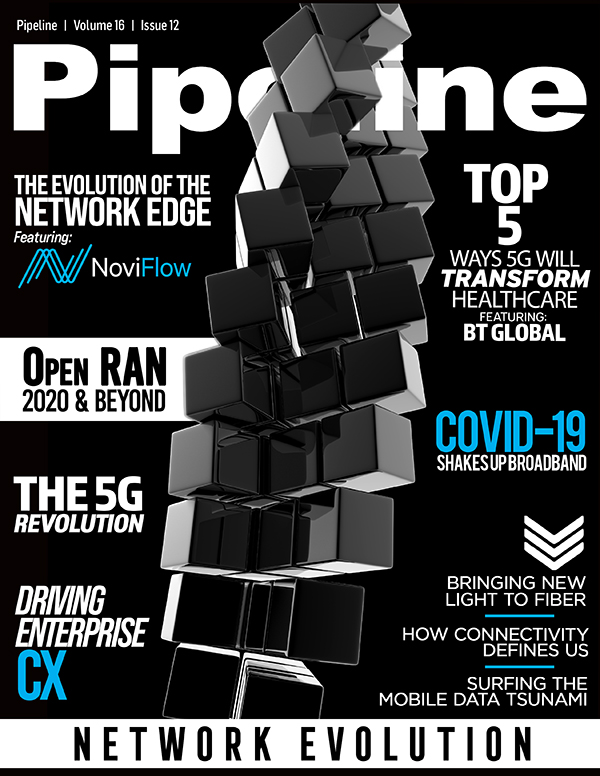5G: Connecting the Future of Healthcare
An exciting example is the concept of digital twins, which allow patients to see virtual simulations of themselves going through their prescribed treatment journeys. Imagine sitting down with your doctor to watch your digital twin together. Your doctor explains what is happening as you watch your twin experiencing the symptoms you are today, then you see the effects that a medication will have on your body, learn how the recommended medical procedure will be performed on you, and finally visualize how you are expected to recover.
Digital twins and other AR technologies have the capacity to greatly improve the patient experience, while doctors can better predict outcomes by simulating their patients’ treatment journeys. Additionally, 5G-powered AR and VR can assist in medical training for difficult procedures. By generating low-risk, virtual training environments, these tools can help medical professionals develop the skills that they need to succeed in complex surgeries and procedures without putting the patient at risk.
Accessible remote monitoring
Low-latency networks make it possible to consistently and effectively monitor patients at home, creating myriad opportunities for the treatment of chronic diseases and bringing more treatment options and flexibility to patients in rural areas. 5G can bring this required durable, low-latency performance near patients, enabling a combination of the network with tailored end devices. A Deloitte study highlighted a case in which Johns Hopkins piloted a “Hospital at Home” program for at-risk elderly patients who were unable or unwilling to go to a hospital. Their care was kept up by advanced remote monitoring and telemedicine, and the results proved to be better clinical outcomes and reduced costs of between 19 to 30 percent over traditional inpatient care.
The future of remote care will be made possible through systems of wearable or implanted medical devices (IMD), which transmit vital signals back to the healthcare provider. The idea is to monitor several vital sign parameters recorded by different sensors placed on the body surface, and that all signals are collected by a wearable receiver or wireless gateway to transmit the recordings to the doctor. For pharma and biotech companies, remote monitoring can open exciting opportunities for innovative virtual clinical trials that increase cost effectiveness and improve recruitment to speed up the drug development pipeline. In traditional clinical trials, the reach and ability to participate is often limited by a patient’s geographic location. Remote patient monitoring makes it possible to rapidly reach eligible trial participants worldwide, as well as can enable results from a more diverse group.
Improved decision-making
Like cost, another one of the biggest challenges for patients today is the fact that testing and diagnoses tend to feel like unnecessarily lengthy and complicated processes. Patients need and want fewer points of contact and faster comprehensive information. For example, COVID-19 has cast a spotlight on the incredible potential of point of care ultrasound (POCUS) devices to provide care rapidly. These small handheld tools let doctors look at the lungs, the heart, or other organs at bedsides in real-time. Not only do these devices help doctors immediately assess a patient’s need for treatment, they can also talk with that person to help them understand what’s going on without needing to leave the room or ordering more invasive tests.
The rise of 5G is also needed to support the growing number of transformative, AI-powered solutions that will ultimately improve patient care. Looking ahead, we will undoubtedly see AI increasingly processing and analyzing vast amounts of medical data—possibly stored across multiple disparate data sets—to identify patterns that humans are simply incapable of finding through manual processing. These findings could help healthcare providers interpret patient test results and make data-driven decisions on diagnoses and treatments. These robust data analyses could also be used to highlight groups that are at risk of specific diseases, allowing patients and providers to take preventative cautionary steps to ensure wellness. AI can also be used to create virtual assistants and chatbots that will improve communication between patients and providers and offer immediate answers to basic questions where a provider is not yet able to respond. In addition, automating repetitive, menial tasks can alleviate the administrative burden on healthcare providers and free them up to spend more time engaging with patients.
These five areas are a mere snapshot of how 5G will shape the future of healthcare. With so much of our world disrupted right now, the present is an opportune moment for the industry to change. However, that change will not come to fruition if we do not lay the groundwork for advanced connectivity. As we work together to design the next era of healthcare, 5G will be a powerful option to connect us for better outcomes.


















